GORKHA: Barpak’s identity is deeply intertwined with its natural beauty and rich history, characterized by over 1,300 traditional stone and wood houses that seamlessly connected the Gorkha village.
The unique architecture, with stones of the same nature lining every yard, allowed for panoramic views across the village, while the mud walls and black stone roofs created a distinctive aesthetic that resembled an artist’s drawing.
However, the devastating earthquake in 2015 obliterated many of these stone houses in a single blow.
In the aftermath, many residents felt that rebuilding in the traditional style was no longer viable, as they believed stone houses were not earthquake-resistant.
Instead, they opted for modern concrete constructions. Local resident Sushila Ghale expressed her dilemma: “I would prefer to live in the old-style houses of Barpak, but I fear for my safety if another major earthquake occurs. While we cherish the memories of the original homes, we have no choice but to adapt.”
Despite the safety modern houses provide, locals feel that the shift has weakened the community’s originality and social bonds.
Ghale noted that modern houses tend to be colder, impacting residents’ well-being.
Reflecting on the earthquake’s devastation, some believe that many lives could have been spared if the homes had been built sturdily as they are today.
Suk Bahadur Gurung, another resident, emphasized, “Many lives would have been saved with the solid houses we have now. A safe house is better than originality.”
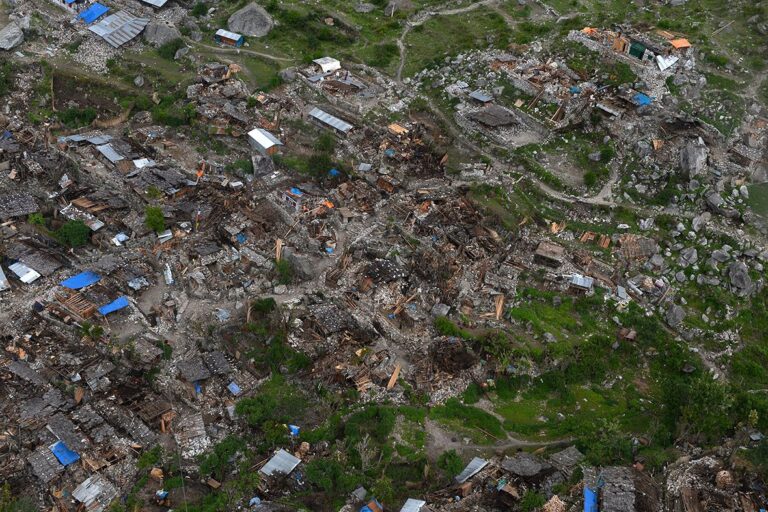
Reconstruction of private homes in Barpak in Gorkha district has largely been completed, with few traditional houses rebuilt, and those that were often feature tin roofs instead of stone. The earthquake has undeniably stripped Barpak of much of its original character.
Traditionally, houses had courtyards both in the front and back, with families living in the central part of the ground floor.
The placement of stoves in modern cement houses remains uncertain, leading some locals to argue that Barpak could not fully embrace traditional designs due to misconceptions about their earthquake resilience.
Dhan Bahadur Ghale, Ward President of Barpak Sulikot Rural Municipality-1, highlighted the lack of a concrete plan for preserving the village’s originality during reconstruction.
“We could not save the old designs established by our ancestors. Many felt we should embrace change, but in doing so, we lost the original character of our homes,” he lamented.
Efforts were made to restore Barpak’s old style in collaboration with the Non-Resident Nepali Association (NRNA), but these attempts were ultimately unsuccessful.
Ward President Ghale noted, “There are no houses of the old design left in Barpak. It no longer resembles traditional Barpak. However, there are plans to incorporate old models into new public structures.”
Bishnu Prasad Bhatta, Chairman of Barpak Sulikot Rural Municipality, stated that while the old stone houses are gone, Barpak has not lost its beauty.

The reconstruction efforts have given the village a fresh look, with many new tourist attractions enhancing its appeal. “Barpak has truly been adorned with new features,” he remarked.
Nestled at an altitude of 3,300 meters in the lap of the Buddha Himal, Barpak is known as the village of “Lahures” (armymen in a foreign land) and has a proud history, including being the home of Gaje Ghale, a Victoria Cross recipient from World War II.
The locals are eager to share Barpak’s rich art, culture, traditional customs, heroism, and natural beauty with the world.


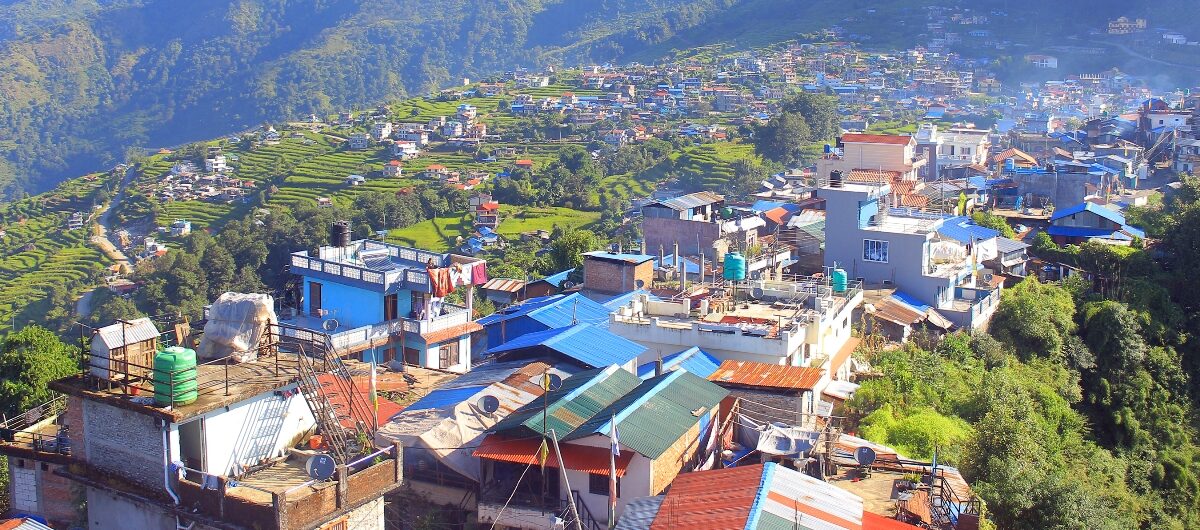
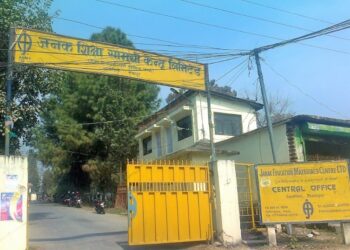
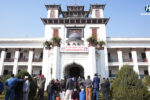

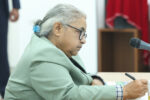
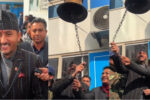

Comment